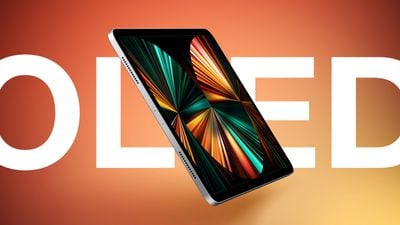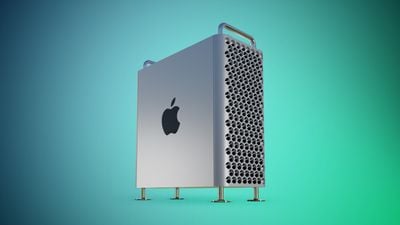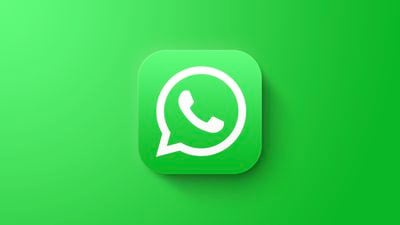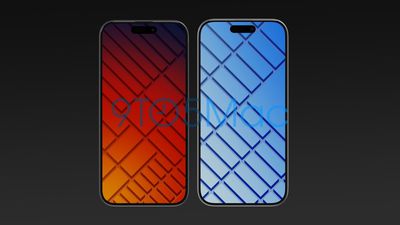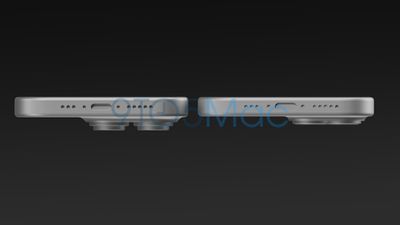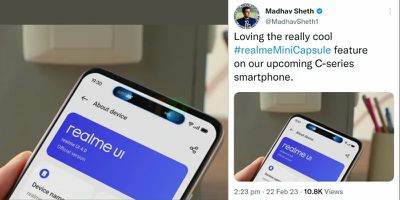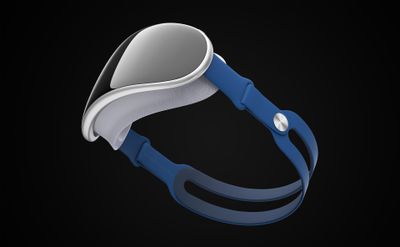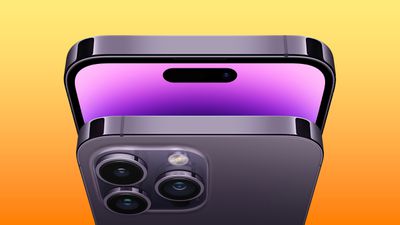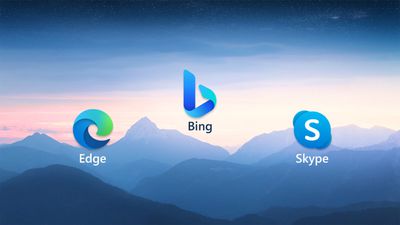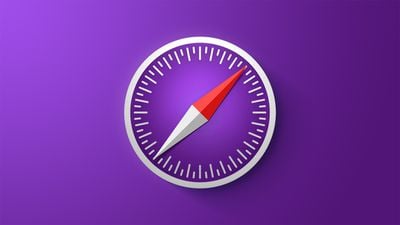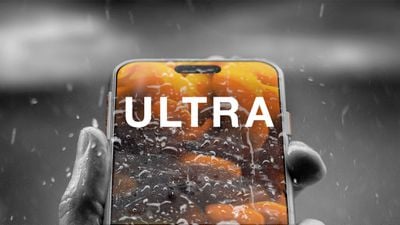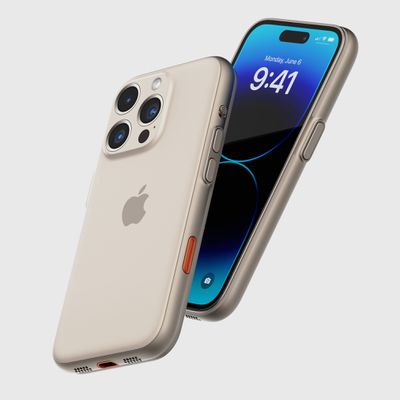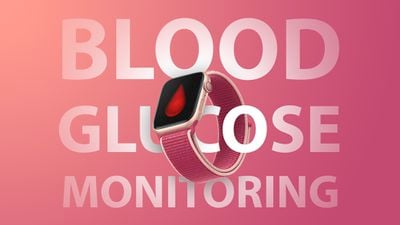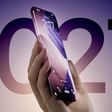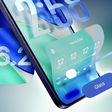Apple-1 computers are some of the rarest and most expensive Apple-related collectors items that go up for sale, and RR Auction today announced a "Steve Jobs and the Computer Revolution" auction that includes an Apple-1 computer.
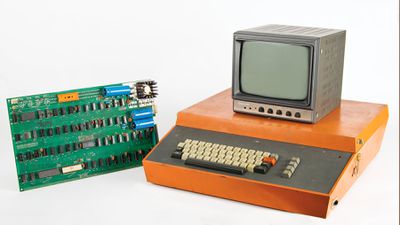
The Apple-1 for sale is "undiscovered," as it was not on the known list of remaining Apple-1 devices until 2023. It was first used as a demonstration system at the Data Domain computer store in Columbus, Indiana in 1977. After that, it was given to the current owner.
The machine was signed by Apple co-founder Steve Wozniak and it is in full operational condition. There were around 200 Apple-1 computers produced in 1976, and 175 of those were sold. A limited number of the devices remain, and they can sell for upwards of $400,000. The Data Domain Apple-1 is considered an "exceptional and historic" example of one of the machines, and RR Auction expects it to sell for over $500,000.
An original, sealed iPhone is up for sale as well, notable as a sealed first-generation iPhone just sold for more than $63,000, quite a premium over the initial $599 retail price. Bids for the RR Auction model are already at $5,000, and it is expected to sell for well over $20,000.
Other items up for sale include notes handwritten by Steve Jobs, a Steve Jobs-signed check, a Steve Jobs business card, an Apple IIe, a Macintosh 128K prototype computer, an Apple Lisa, an Apple Computer stock certificate, an Apple Computer latch hook rug, a collection of Apple pins and keychains, and more.



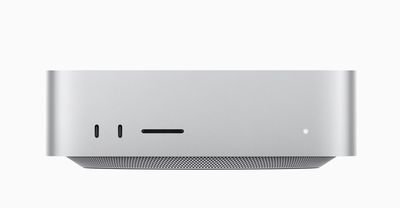
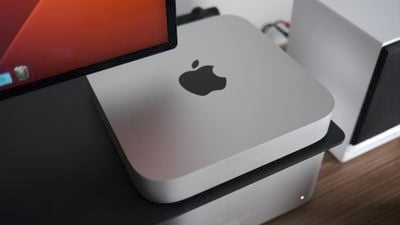 The unibody design of the Mac mini, 2010-present.
The unibody design of the Mac mini, 2010-present.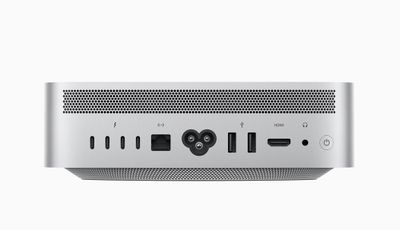 Proposed Mac mini redesign, rear.
Proposed Mac mini redesign, rear. The M2 Pro Mac mini's rear and selection of ports.
The M2 Pro Mac mini's rear and selection of ports.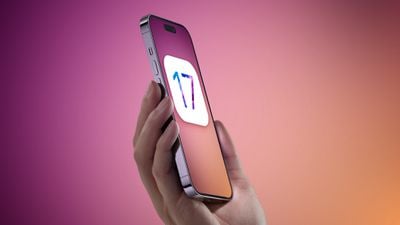
 Note: MacRumors is an affiliate partner with some of these vendors. When you click a link and make a purchase, we may receive a small payment, which helps us keep the site running.
Note: MacRumors is an affiliate partner with some of these vendors. When you click a link and make a purchase, we may receive a small payment, which helps us keep the site running.